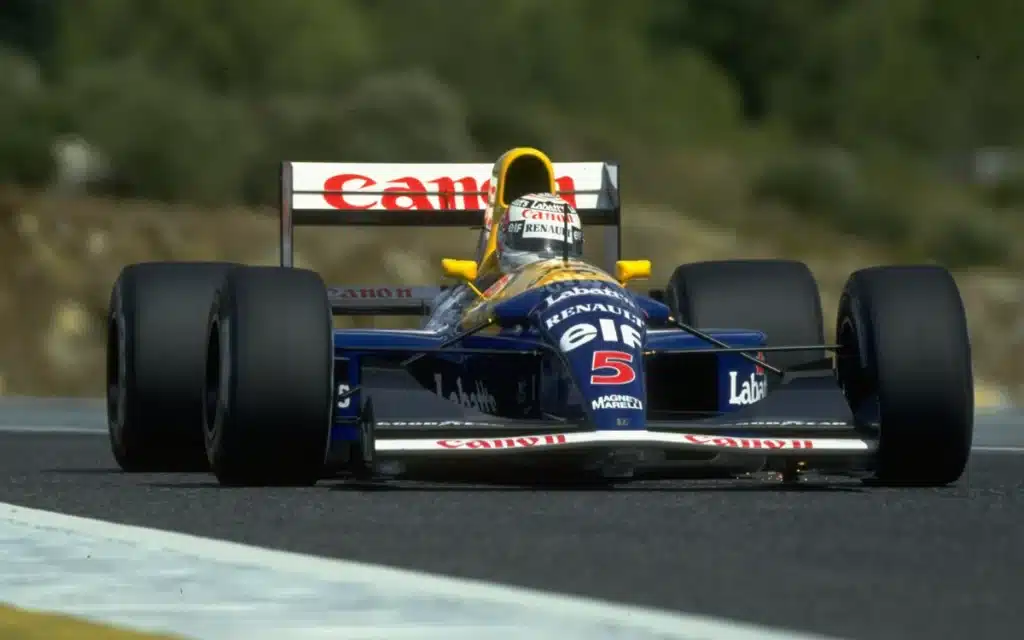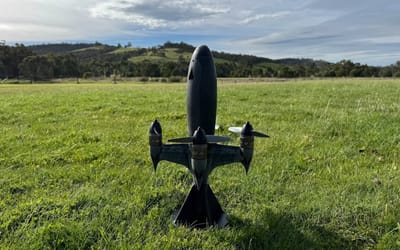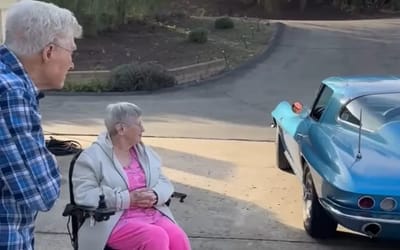How Williams built the most high-tech Formula 1 car the sport had ever seen until it was banned
Published on Jul 19, 2025 at 7:57 AM (UTC+4)
by Jason Fan
Last updated on Jul 15, 2025 at 4:28 PM (UTC+4)
Edited by
Amelia Jean Hershman-Jones
In 1992, the Williams Racing FW14B Formula 1 car changed the game, winning 10 out of 16 races that year.
The car absolutely dominated the grid and delivered British driver Nigel Mansell his long-awaited World Championship.
It was less of a fast car and more of a rolling laboratory that was packed with cutting-edge tech, leaving rivals scrambling to catch up.
In fact, the FW14B was so ahead of its time that much of its technology was ultimately banned the following year.
VISIT SBX CARS – View live supercar auctions powered by Supercar Blondie
Active suspension in a Formula 1 car is revolutionary
The FW14B was an evolution of the 1991 FW14, a promising albeit flawed machine.
Designed by aerodynamic wizard Adrian Newey, with support from engineering legends like Patrick Head, Paddy Lowe, and Frank Dernie, the FW14 had already shown flashes of brilliance the year before.
It featured sleek, highly efficient aerodynamics and a potent Renault 3.5-litre V10 engine.
But teething issues with an early semi-automatic gearbox held the car back in 1991.
Come 1992, Williams Racing ironed out the bugs and rolled out the FW14B, a car years ahead of its time.

The most revolutionary upgrade was active suspension: a hydraulic system controlled by sensors and software that adjusted the car’s ride height in real time.
This allowed engineers to keep the car in the optimal aerodynamic position, regardless of cornering forces, speed changes, or track surface.
It created consistent downforce, improved tyre grip, and ensured faster lap times on virtually every circuit.
The FW14B also featured traction control, an improved semi-automatic gearbox, and even more refined aerodynamics.
With the active suspension smoothing out the car’s platform, Newey and his team could push the aero design harder, knowing the car would stay balanced – not unlike the design of these supersonic aircraft.
The Formula 1 car was so advanced that drivers could attack corners with confidence, knowing the suspension was working proactively to keep them planted.
With the FW14B, Nigel Mansell finally won the 1992 World Championship, solidifying himself among the top drivers of all time.
The FW14B was not around for long

While rivals like McLaren and Ferrari were still wrestling with more traditional setups, Williams Racing had unlocked the future.
Unfortunately for the rest of the grid, and perhaps fortunately for safety, that future didn’t last long.
For 1994, the FIA banned active suspension and many associated electronic aids, citing cost and a desire to put more control back in the driver’s hands.
Even today, the FW14B is remembered as one of the most sophisticated and dominant F1 cars ever built, with the car making a comeback during F1’s 75th anniversary in Goodwood.
Click the star icon next to supercarblondie.com in Google Search to stay ahead of the curve on the latest and greatest supercars, hypercars, and ground-breaking technology.
DISCOVER SBX CARS: The global premium car auction platform powered by Supercar Blondie
Jason Fan is an experienced content creator who graduated from Nanyang Technological University in Singapore with a degree in communications. He then relocated to Australia during a millennial mid-life crisis. A fan of luxury travel and high-performance machines, he politely thanks chatbots just in case the AI apocalypse ever arrives. Jason covers a wide variety of topics, with a special focus on technology, planes and luxury.




